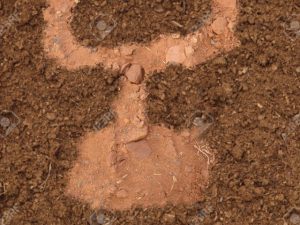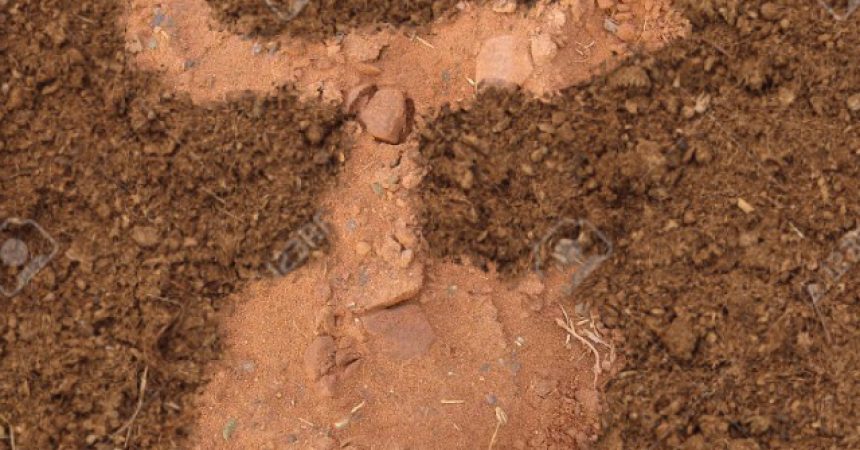Zoo InternQuest is a seven-week career exploration program for San Diego County high school juniors and seniors. Students have the unique opportunity to meet professionals working for the San Diego Zoo, Safari Park, and Institute for Conservation Research, learn about their jobs, and then blog about their experiences online. Follow their adventures here on the Zoo’s website!
 When you think of an owl, a few things come to mind: large birds, awake at night, and living in trees. However, the western burrowing owl is a special bird that breaks all of these rules! While some owls live in the trees, the burrowing owl makes their homes in burrows dug by squirrels and other small mammals and reptiles. For a bird that is smaller than 150 grams, these burrows offer an important source of protection from predators. Unfortunately, due to development and construction, burrowing owls in San Diego are running out of natural habitat. Additionally, people have trapped or poisoned the animals that dig the burrows these owls rely on. As a result, the western burrowing owl numbers have quickly declined, and it is considered a species of concern.
When you think of an owl, a few things come to mind: large birds, awake at night, and living in trees. However, the western burrowing owl is a special bird that breaks all of these rules! While some owls live in the trees, the burrowing owl makes their homes in burrows dug by squirrels and other small mammals and reptiles. For a bird that is smaller than 150 grams, these burrows offer an important source of protection from predators. Unfortunately, due to development and construction, burrowing owls in San Diego are running out of natural habitat. Additionally, people have trapped or poisoned the animals that dig the burrows these owls rely on. As a result, the western burrowing owl numbers have quickly declined, and it is considered a species of concern.
While they are very much at risk, the western burrowing owl is fortunate to have people like Colleen Wisinski working tirelessly to save them from extinction. Ms. Wisinski is a Research Coordinator for the Recovery Ecology division of the Institute for Conservation Research. One of this division’s projects has been to help this species of owl by creating artificial burrows for them. After over two years of trial and error, her team has figured out how to better help protect the species by making the man-made homes out of specific materials and in certain shapes.
Lesson: Learn what Research Coordinator Ms. Wisinski and her team do by making your own artificial western burrowing owl homes!
Objective: Students will learn about how artificial western burrowing owl burrows are planned, and express their own creativity similar to what a researcher would do in the field.
Often times the western burrowing owl prefer to nest in wooden burrows over plastic ones. Also, traditionally, burrows were traditionally made 5 feet in length underground with one entrance. However, it turns out that this style lets in too much wind and allows for too wide of changes in temperature in the nesting chamber. Can you figure out a way to fix this? Show off your creativity by making your own burrow using the everyday materials listed below.
Materials:
- toilet paper tubes
- A roll of scotch tape
- An empty tissue box
Directions:
- Begin your burrow with an empty tissue box. This will act as owl’s nesting chamber.
- Make an entrance to your nesting box by inserting and taping the end of a toilet paper tube to the hole in the chamber.
- This is where the fun begins! It’s up to you to make your owl’s home as simple or complex as you desire. Get creative! You can make a “T” joint, or an elbow style “L” joint. The possibilities are endless!
- Remember: the goal is to keep the nesting chamber away from changing winds and temperatures. Have fun!
Feel free to make your very own owl by checking out these links!
http://bkids.typepad.com/bookhoucraftprojects/2010/11/tetx.html
https://www.thespruce.com/pine-cone-owl-craft-1253292
Gianfranco, Kid’s Corner
Winter Session, 2017


